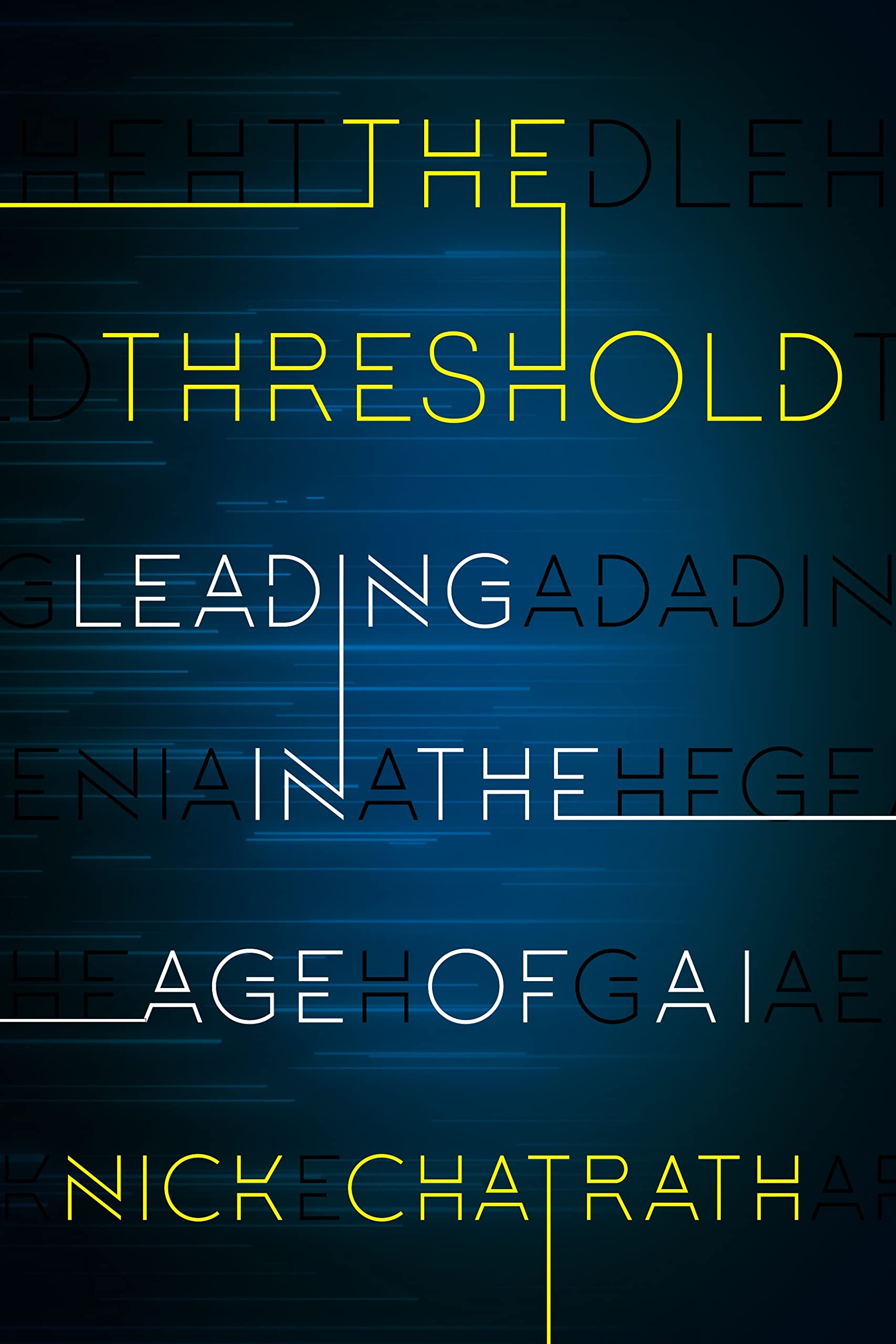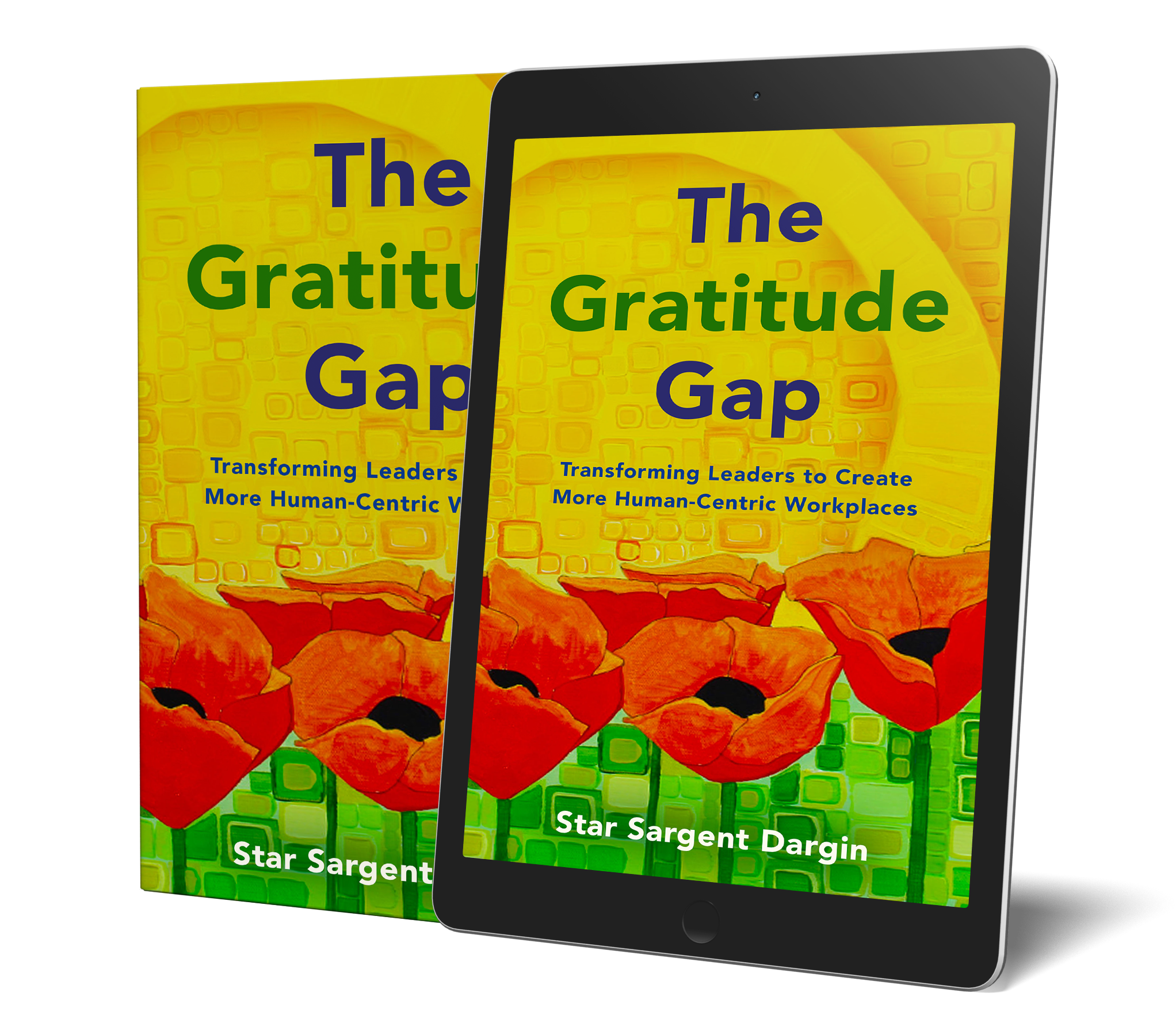 Threshold, Liminal, and Change Leader are names given to leaders who must deal with the future, including the rapid advancement of AI. It’s not enough to “pivot”; instead, we must embrace what makes us human and live in a place of unknowing and uncertainty.
Threshold, Liminal, and Change Leader are names given to leaders who must deal with the future, including the rapid advancement of AI. It’s not enough to “pivot”; instead, we must embrace what makes us human and live in a place of unknowing and uncertainty.
Nick uses the word Threshold Leadership and gives us four pathways to lead ourselves and our teams to become a more holistic threshold leader capable of creating a positive and synergistic future that uses AI for good. The four pathways are stillness, independent thinking, embodied intelligence, and maturing consciousness. Nick calls threshold a process, not an outcome. It’s a space where no easy answers exist.
I enjoyed and agreed with so much of this book. It’s full of interesting and culturally related stories that highlight different points. It shows us that humans and AI have different types of intelligence. So essentially, this book is a guide to building and relying on our somewhat unused types of human intelligence.
It was fascinating to learn about different AIs and what they are capable of or not, creating art (sort of), improving the health of humans (yes), winning games (yes), and solving individuals’ existential crises (no) and feelings (no). I loved that the book brought many classic AI and sci-fi references, including Hal, Black Mirror, Ex-Machina, and more.
Nick’s personal stories helped tie the book together, like when he sought out the most peace-loving Muslim and extremist to interview—starting a company and recognizing what wasn’t working, sitting next to famous scientists when he was unprepared, and having his laptop stolen. At the same time, he is honest, humble, vulnerable, and perhaps a tad showcasing. That ability to hold seemingly opposites to be true is part of what he calls being human, something an AI doesn’t have.
It’s well-written and, most of the time, interesting. At times there was too much stretching to prove a point, and other times I was left hanging; I wanted to know more. For example, he references Kline’s work and 14 forces that disrupt our thinking and only talks about 3 of them here. He uses his conversation with the extreme and peace-loving Muslim to highlight the need for stillness. Wow -how interesting. What else?
He’s a big proponent of doing, not just reading, and he includes exercises at the end of each chapter. The activities are good but not relevant to everyone; they should have been either in the back or not included here. Some exercises are for individual leaders, others for organizations.
The book is intended to open us up, give us hope, and show us how humans can make AI work positively for us instead of us working for AI or immoral and unethical AI. Nick says, “You are more than a brain on legs.” I hope he’s right!

